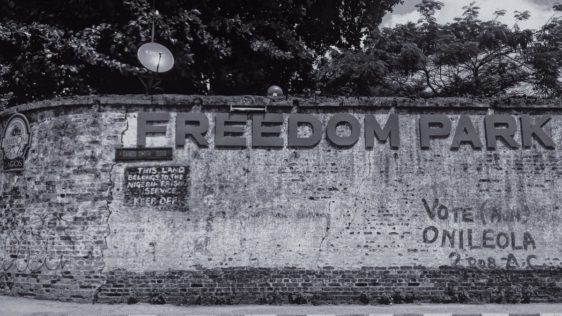The internet plays home to various lists written by culture writers and local guides on where to have fun in Lagos.
The Freedom Park is a recurring place on these listicles with popular travel media startup, The Culture Trip referring to this park as a ‘multi-functional cultural hub’.
All of these descriptions accurately talk about this recreational space, which in recent years, has become a home to the arts and culture in Lagos and Nigeria, at large.
Today, the park is home to various interesting festivals that celebrate film and theatre, literature, music, arts, and crafts every year. This includes some of the big shows such as the Lagos Theatre Festival, Felabration, and the Lagos Poetry Festival.
However, there’s a very interesting history of this place that isn’t common knowledge to a lot of people. While it’s a beautiful area to enjoy, there’s a lot of past that the Freedom Park holds.
It all started in 1861 when Lagos was made a colony after the British had threatened Dosunmu, the then Oba of Lagos.
There was a need for a formal system of law, leaving behind ostracization and banishment as it used to be. With this new system, the need for a penal system arose to ensure the safety of the people in the community.
Following this new development, a prison made of mud walls and grass thatch was constructed in 1882. This prison did not last long due to sabotage from the opponents of the colonial government.
In 1885, the then colonial government imported bricks and rebuilt the prison that was referred to as Her Majesty’s Broad Street Prison.
The prison held political prisoners including the likes of Herbert Macaulay, Michael Imoudu, Anthony Enahoro, and Obafemi Awolowo. As of 1898, the prison had 676 males, 26 females, and 11 juveniles.
In 1979, Her Majesty’s Broad Street Prison was pulled down and reduced to a dumping ground until the 1990s when talks began to transform this old prison into a creative space.
By October 2010 when Nigeria celebrated her 50th Independence celebration, the new Freedom Park, designed by architect, Theo Lawson was opened to preserve the history and cultural heritage of Nigerians.
Though new, the park still holds various elements of the old colonial prison while standing as a monument to represent freedom today.
Today, it tells an intriguing history while also creating a leisure space for the arts. The former prison records office was turned into a museum complex and the old prison block was converted into a food court, built as a replica of the tiny prison blocks. In that same vein, the gallows became the popular open-air stage just to mention a few.
The museum complex holds pictures and artifacts of the old Her Majesty’s Broad Street Prison and is open to visitors to the park.
Today, when there are visitors in town who want to experience the city and its heart or Lagosians who want to enjoy the arts in a peaceful atmosphere, the Freedom Park is highly considered transforming it from this former place of sorrow to a place to unwind and have fun.



